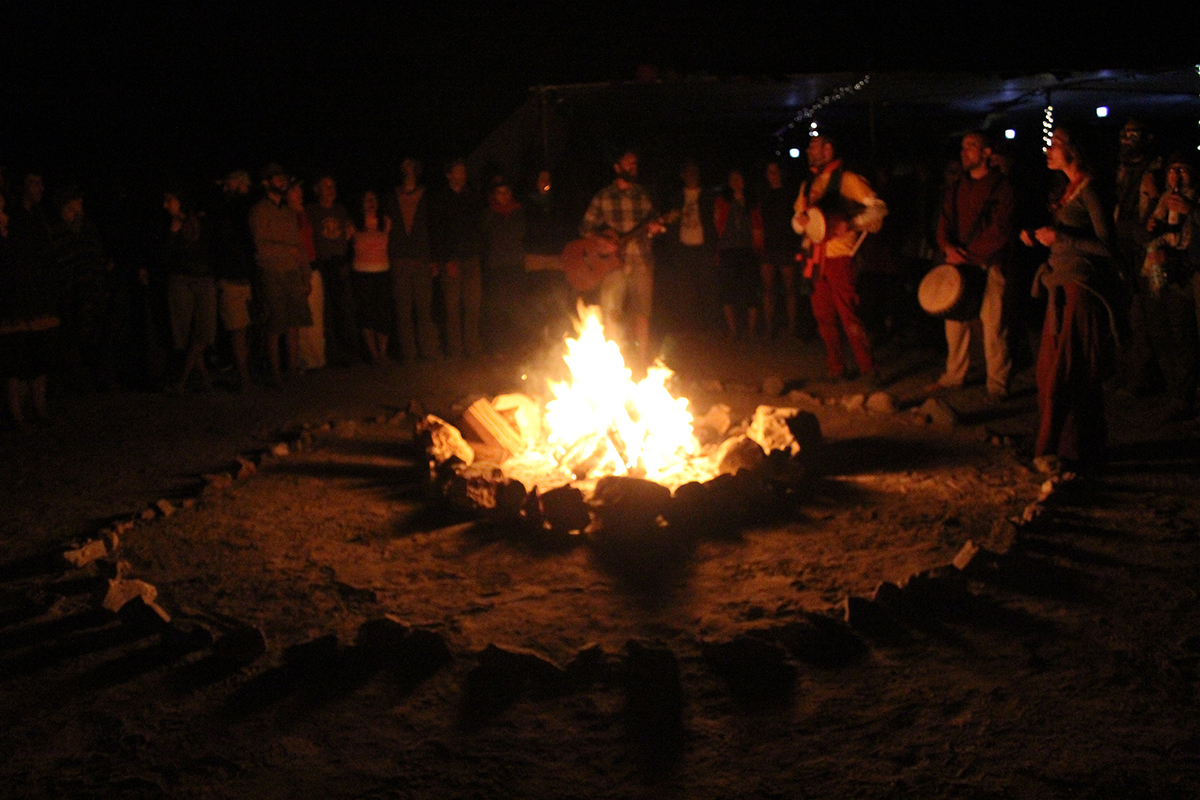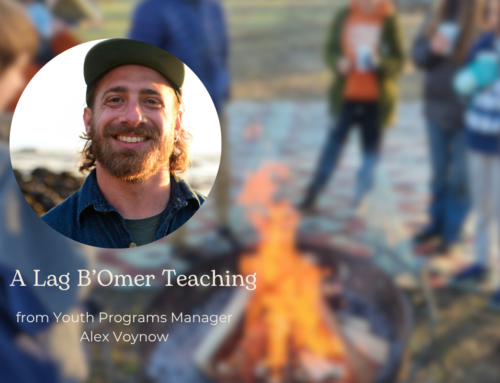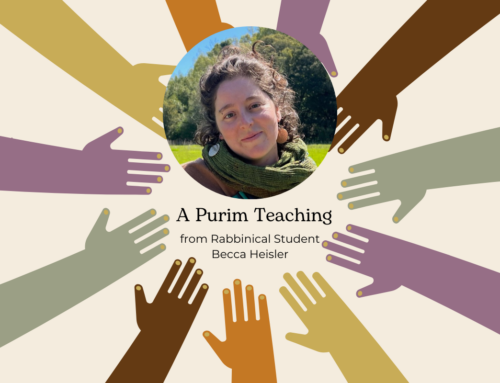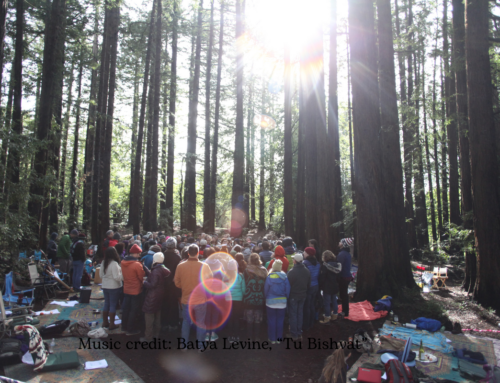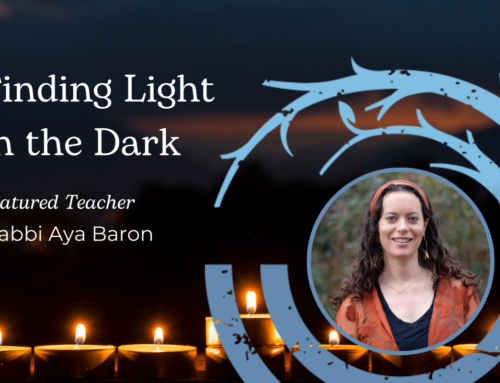Rededicating Our Sacred Fire
by Maggid Zelig Golden
30 Kislev 5774 | December 3, 2013
Hanukkah, which means “rededication,” commemorates the Maccabee army’s military victory against the Syrian empire, which had nearly defeated the Jews and temporarily occupied the Temple. After the victory of the rebel Macabees, the Jews rededicated the Temple by relighting the sacred fire.
We know from this story and from the Torah’s description of the Temple activities that our Hebrew ancestors were powerful sacred fire keepers. The Torah instructs, “the sons of Aaron the priest shall put fire on the altar and arrange wood upon the fire” (Leviticus 1:7). This fire was used in Temple times to make offerings, in Hebrew קרבן (korban), which also means to “come near.” Thus, through the process of making offerings into the sacred fire, we brought ourselves closer to the Divine.
This fire was so essential to our Divine connection that we kept it burning continuously for hundreds of year: “The fire on the altar shall be kept burning on it…. A permanent fire shall remain aflame on the altar; it shall not be extinguished” (Leviticus 6:5-6).
Nearly two thousand years later, how is this relevant to us?
The element of fire plays a central, sacred role in every ancient culture. It lights up every creation myth, becomes the gathering place for the most powerful stories, supports our rites of passages, and provides a powerful vehicle for healing and connection to Spirit. In this time of reconnecting with our earth-based traditions, there are few traditions as powerful and as important as our sacred relationship to fire.
At Passover in the Desert this past year, we kindled and tended a sacred fire continuously from the beginning to the end of the festival to explore how we might begin to reclaim our ancient relationship to fire. Our sixth Passover in the Desert festival was markedly transformed for me and for the many participants who commented that the fire provided a palpable presence and a powerful space that many described as healing and transformative. We experientially learned about the sacred power of fire, something difficult to capture with word, and we will certainly kindle such a fire again at Passover in the Desert this coming spring.
It is about this power of fire that Rowan, a recent B’naiture graduate, teaches us through his encounter with the Divine that opened for him around his sacred fire, which he tended all night alone to complete his B’naiture experience. Through tending this fire, he awakens new levels of relationship to himself, Creation, and our ancestral stories.
During Hanukkah, we are particularly invited to tap into the sacred power of fire by kindling flames during eight of the darkest days of the year. These flames, our sages teach us, possess אור הגנוז (Or Haganuz), the hidden light that connects back to the power and purity of the first moments of Creation. On the first day of Creation, the Torah teaches that from the depth of darkness Creator brought forth light with its first words, “Let there be light” (Genesis 1:1). This first light was a primordial, pure source of energy — different from the light we experience in daily life — and became hidden, we are told, to protect it from those who abuse its power.
We are also taught that Or Haganuz can provide access to the deepest wisdom and healing. When we light our Hanukkah lights with the purity of intention that matches the purity of this first light, we can gain access to this pure primordial power, which, although hidden from us, has never been extinguished. As we light these flames, we can begin to enter into relationship with the power of this light, which we can carry within us beyond Hanukkah.
Access to the wisdom of hidden light and the healing power of sacred fire might seem farfetched from our modern perspective. The Hanukkah story of redemption and rededication provides a powerful parable:
Hanukkah “is also the festival of lighting the fire … for when our ancestors were led into [exile], the sacred priests hid some of the fire. … Many years later Nehemiah sent their descendants to retrieve the hidden fire, but they found only thick muddy water. … Nehemiah commanded the priests to sprinkle the wood and offerings with this water. …then the sun shone, which afore was hid in the cloud, there was a great fire kindled, so that every person marveled”
(Maccabees 1:19-22).
Like the fire hidden by the earlier priests in this Maccabee legend, our ancient sacred fire traditions, used to create powerful connection, have also gone into hiding. While they may seem strange or impossible to recover like fire from muddy water, we have a powerful, ancestral sacred fire tradition just waiting to be rekindled.
So, as we celebrate Rosh Chodesh Tevet (the new moon of Tevet), may we honor the final days of Hanukkah and the darkest days of the year by perceiving the enormous opportunity of rededication. May we each rededicate our awareness to the power of bringing light into the darkness, the importance of the hidden qualities present in the fires we stoke, and our traditions that point us to new, ancient relationships to the flame that simply awaits our tending.

